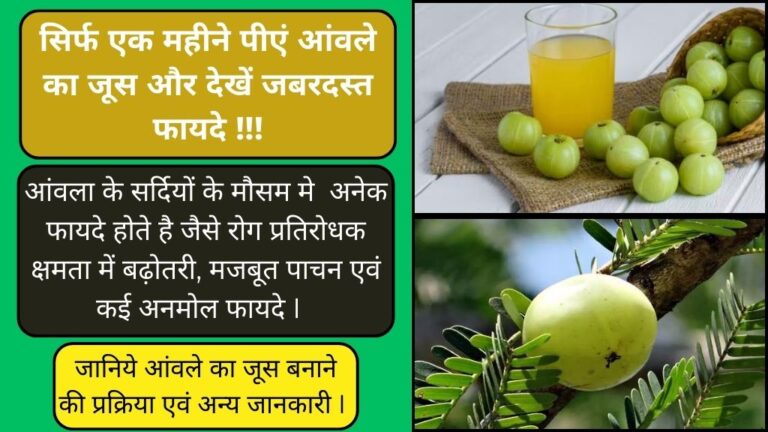Patna District is located in the state of Bihar, India. It is the most populous district in Bihar and serves as the state’s capital city. Patna is situated on the banks of the River Ganga in the Magadh region.
Contents
History & Demographics
Patna, originally known as Pataliputra, has a rich historical background. It has been continuously inhabited since ancient times and was a significant center of power for various kingdoms like Magadh, Mauryan, and Gupta. The district has witnessed the rule of empires like the Mughals and the Delhi Sultanate. Patna played a crucial role in the Indian independence movement.
Demographically, the district has a population of 4,718,592 with a population density of 1,474 per square kilometer. The literacy rate stands at 63%, and the district is home to diverse languages like Magahi, Bhojpuri, Maithili, Hindi, and Urdu.
District Administration
- District Headquarters: Patna
- Important Towns: Athamalgola, Bakhtiarpur, Barh, Belchchi, Bihta, Bikram, Danapur, Daniyawan, Dhanarua, Dulhin Bazar, Fatwah, Ghoswary, Khusrupur, Maner, Masaurhi, Mokama, Naubatpur, Paliganj, Pandarak, Patna Sadar, Phulwarisarif, Punpun, Sampatchak
- Key Administrative Officials: The district is headed by administrative officials like the Collector (Dr. Chandrashekhar Singh) and the Superintendent of Police (Rajeev Mishra).
Area & Population
- Total Area: 3202 square kilometers
- Population: 4,718,592
- Population Density: 1,474 per square kilometer
Geography & Climate of Patna District
Patna district lies within the South Bihar alluvial plains. This region is characterized by a flat and fertile landscape formed by the deposits of rivers over millions of years. There are no hills or mountains within the district. Several prominent rivers define Patna’s geography:
- The Ganges River forms the northern boundary of the district. Patna itself is situated on the southern bank of the Ganges.
- Other significant rivers include the Son River to the south and the Punpun River to the west.
- The presence of the Ganges and other rivers has historically influenced agriculture, transportation, and settlements in Patna.
Flora & Fauna
- Due to its flat plains and agricultural focus, Patna’s natural vegetation is limited.
- Common trees include mango, neem, and peepal.
- Information on fauna is limited, but the district may be home to birds like common mynas and crows, and small mammals like mongoose.
Climate
Patna experiences a humid subtropical climate, classified as Cwa according to the Köppen climate classification. This climate is characterized by distinct seasons:
- Summer (March to May): The hottest and driest season. Average temperatures soar above 30°C (86°F).
- Monsoon (June to September): The wettest season brings significant rainfall that is crucial for agriculture.
- Winter (December to February): Pleasant and mild. Average temperatures range from 15°C to 25°C (59°F to 77°F). Winters can experience occasional fog.
Rainfall Patterns
- Most of Patna’s annual rainfall occurs during the monsoon season, from June to September.
- Winters receive very little precipitation.
Economy & Industries
Patna District has witnessed significant economic growth over the years, driven by various sectors contributing to its economic prosperity. The district serves as a major administrative and educational center, fostering economic activities that have propelled its development.
Key Industries
- Agriculture: The district’s agricultural sector plays a vital role, with crops like paddy, maize, pulses, wheat, and oilseeds being prominent. Patna is known for its exports of grain, sugarcane, sesame, and the renowned medium-grained Patna rice.
- Fast Moving Consumer Goods (FMCG): The FMCG industry has seen substantial growth in Patna, contributing to the district’s economic vibrancy.
- Service Sector: The service industry has flourished in Patna, complementing the district’s economic landscape.
- Food Processing: There is a rising trend in the food processing sector in Patna, leveraging the surplus agro products available in the district.
Industrial Profile
Patna District boasts a significant number of registered industrial units, with a focus on sectors like leather, handicrafts, and agro-processing. The district is home to four industrial areas, namely Patliputra, Fatuha, MIP Bihta, and Bihta, fostering industrial growth and development. The industrial sector in Patna provides employment opportunities, with a substantial number of daily workers engaged in small-scale industries.
Investment & Growth
- Economic Growth: Patna is recognized as the 21st fastest-growing city globally and the fifth fastest-growing city in India, with an expected average annual growth rate of 3.72%.
- Infrastructure: The district’s infrastructure supports industrial activities, with industrial clusters like Patliputra, Fatuha, MIP Bihta, and Bihta contributing to economic progress.
- Potential Sectors: Emerging sectors like food processing, packaging industries, and various service enterprises present growth opportunities for investors and entrepreneurs in Patna.
Culture & Places of Interest
Culture & Traditions
- Languages: Hindi is the official language of Patna. However, Magahi (dialect of Hindi), is widely spoken. Urdu is another minority language spoken in the district.
- Festivals: Major Hindu festivals like Chhath Puja, Durga Puja, and Holi are celebrated with immense enthusiasm. People come together for these vibrant celebrations that showcase music, dance, and traditional attire. Other festivals include Eid for Muslims and Guru Nanak’s birthday for Sikhs.
- Unique Aspects: One unique cultural aspect is the celebration of “Thekua,” a sweet dish, during the Teej festival. Women dress in colorful clothes and enjoy swings while indulging in Thekua.
Places of Interest
Patna offers a wealth of historical, religious, and natural attractions including:
- Patna boasts the ruins of Pataliputra, the ancient capital of the Maurya and Gupta empires. This archaeological site allows visitors to delve into India’s rich past.
- The Patna Museum houses a vast collection of artifacts and sculptures, providing a glimpse into the region’s history and art.
- The Takht Sri Harmandir Sahib, a revered Sikh pilgrimage site, attracts devotees throughout the year.
- The Mahavir Mandir is a significant Jain temple and a pilgrimage destination.
- Numerous Hindu and Muslim pilgrimage sites are scattered throughout the district, reflecting Patna’s religious diversity.
- The Sanjay Gandhi Botanical Garden provides a haven of peace and nature within the bustling city.
- A boat ride on the Ganges River offers a unique perspective of the city and its surroundings.


